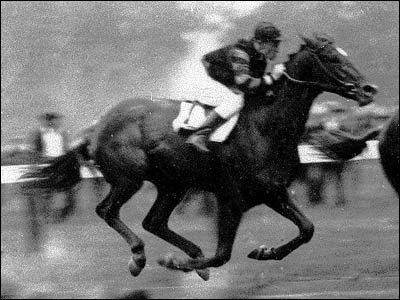As you know I was very lucky to get my hands on a War Horse bar courtesy of Mr. Lowercase. Apart from smoking some I had a small amount analyzed by a good friend who is an industrial chemist with access to some pretty nifty kit in the scientific department. After about 6 weeks the results came and broadly sort of fitted in with what I thought the stuff contained. The War Horse contains the following:
The tobacco topping contains treacle, brown sugar and heavy does of Madeira Wine, Winter Green and Pepper Mint Oil and Licorice Root appears to be the overwhelming constituent. I would think the topping was done as such: Licorice Root is boiled in water and then reduced down by slow boiling with the treacle, brown sugar, peppermint oil and winter green added with the Madeira which will result in the topping or flavor. Looking at the bar of War Horse that Mr. Lowercase sent me I would suggest the tobacco was either soaked or heavily sprayed with the topping or may have been boiled in the topping as part of the process. That would make sense as the bar appears to be made of leaves in the same fashion as 'Jack Knife' plug but with a shiny uniform finish which would be explained by the high sugar content since unlike 'Jack Knife' you cannot peal a War Horse bar apart. If you assume a fairly uniform mixture of the topping I think the best approach would be to take a 'Jack Knife' plug and soak it in the mixture for a day or two. You would then have to build a press out of a wooden sleeve with plunger type arrangement so that the whole thing would fit into a work bench vice. You would then squeeze the plug/s in a very hot garage and leave as such for 36 hours as no one these days has access to a steam press. I would suggest the resulting plugs when removed would have the consistency of Warrior Plug. The only problem I see is neither me or anyone I know on the forum has ever smoked a fresh 'War Horse' plug. I would think a good stab could be made at recreating the blend which is why I have posted the order of composition he so anyone who is interested can have a go at making the stuff. Any thoughts, ideas anyone has I am always interested to hear. As an after thought Mr. Lowercase thinks the tobacco might be an African strain but again unless someone from Gallopers wants to share the secret we will never know. As an after thought the trade mark on War Horse expired in the US in the 1980s so that might give some boutique tobacconists pause for thought!
The tobacco topping contains treacle, brown sugar and heavy does of Madeira Wine, Winter Green and Pepper Mint Oil and Licorice Root appears to be the overwhelming constituent. I would think the topping was done as such: Licorice Root is boiled in water and then reduced down by slow boiling with the treacle, brown sugar, peppermint oil and winter green added with the Madeira which will result in the topping or flavor. Looking at the bar of War Horse that Mr. Lowercase sent me I would suggest the tobacco was either soaked or heavily sprayed with the topping or may have been boiled in the topping as part of the process. That would make sense as the bar appears to be made of leaves in the same fashion as 'Jack Knife' plug but with a shiny uniform finish which would be explained by the high sugar content since unlike 'Jack Knife' you cannot peal a War Horse bar apart. If you assume a fairly uniform mixture of the topping I think the best approach would be to take a 'Jack Knife' plug and soak it in the mixture for a day or two. You would then have to build a press out of a wooden sleeve with plunger type arrangement so that the whole thing would fit into a work bench vice. You would then squeeze the plug/s in a very hot garage and leave as such for 36 hours as no one these days has access to a steam press. I would suggest the resulting plugs when removed would have the consistency of Warrior Plug. The only problem I see is neither me or anyone I know on the forum has ever smoked a fresh 'War Horse' plug. I would think a good stab could be made at recreating the blend which is why I have posted the order of composition he so anyone who is interested can have a go at making the stuff. Any thoughts, ideas anyone has I am always interested to hear. As an after thought Mr. Lowercase thinks the tobacco might be an African strain but again unless someone from Gallopers wants to share the secret we will never know. As an after thought the trade mark on War Horse expired in the US in the 1980s so that might give some boutique tobacconists pause for thought!









 :
:

